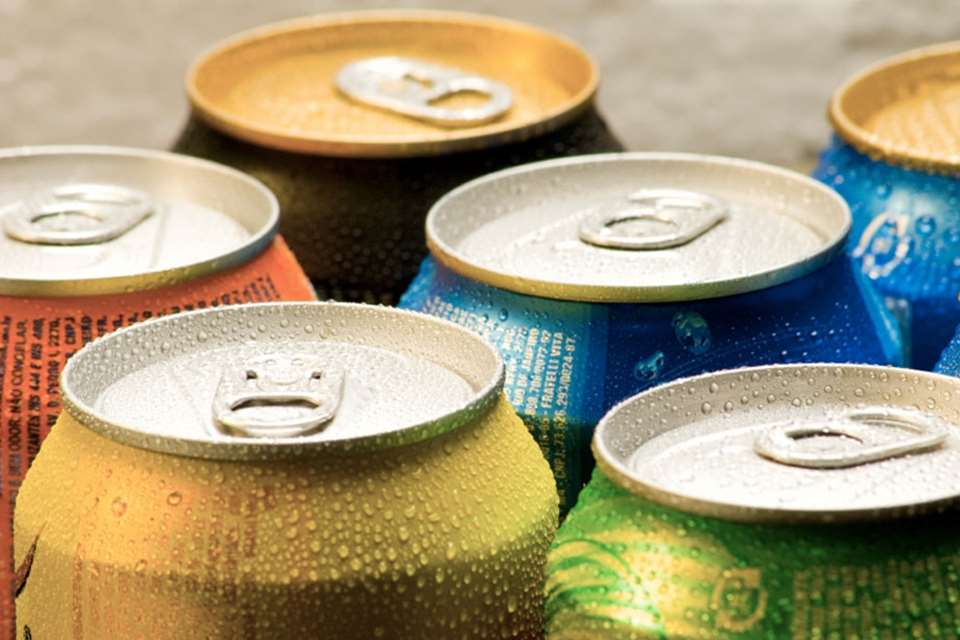Nursery Food: Sugar - Sweet talk
Laura Whtiing
Monday, October 20, 2014
Sugar intake can make a very real difference to children's health. Laura Whiting lists the ten things practitioners need to know.

1. Sugar is a form of carbohydrate that provides us with energy, but not all sugars are good for us. Naturally occurring sugars, found in fruits, vegetables and milk, are not harmful to our health, and we needn't restrict children's intake of them. Added (or non-milk extrinsic/NME) sugars, found in biscuits, soft drinks, confectionery and many processed foods, are detrimental to our health and should be restricted.
Tip - Find out more about a healthy diet for young children by completing the Children's Food Trust's online courses, endorsed by CACHE (www.childrensfoodtrust.org.uk).
2. Young children are growing and developing rapidly, which means they have high energy and nutrient requirements relative to their size and require a diet packed full of nutrients. While sugar-laden food and drinks can give children energy, they usually lack any nutritional benefit. A diet high in added sugar is unlikely to provide young children with enough nutrients to support healthy growth and development.
Tip - Use the trust's Voluntary Food and Drink Guidelines for Early Years Settings in England to help you plan healthy menus for children.
3. Current Government recommendations are that both adults and children have no more than 11 per cent of their food energy from added sugar. This is equivalent to 38g (or 9.5 teaspoons) of added sugar for oneto five-year-olds. However, a Government survey found that children aged 18 months to three years receive 12 per cent of their food energy from sugar, and this increases to 15 per cent for four- to ten-year-olds.
Tip - Find out more at www.gov.uk/government/publications/national-diet-and-nutrition-survey-headline-results-from-years-1-and-2- combined-of-the-rolling-programme-2008-9-2009-10.
4. More than a quarter of the added sugar in young children's diets comes from soft drinks such as fruit juice and fizzy drinks. For example, a 300ml fruit juice drink contains 26g (or 6.5 teaspoons) of added sugar. That's over half the recommended amount for a child under five years.
Tip - Provide children with water and milk between meals and avoid all other soft drinks.
5. Limiting children's intake of added sugar combats tooth decay as well as obesity. Young children are particularly vulnerable to tooth decay because the enamel on their teeth is not as strong as that on adult teeth.
Tip - Don't give children sweet foods between meals and choose products like breakfast cereal and yoghurts that are low in sugar (less than 5g sugar per 100g).
6. Although natural, sugars in fruit juice and dried fruit can damage our teeth. When fruit is juiced, the structure of the sugar changes, making it more harmful to our teeth. Likewise, dried fruit can stick to and may damage our teeth.
Tip - Provide children with diluted fruit juice (half juice, half water) and dried fruit at mealtimes only.
7. Giving children lots of sweet foods, whether sweetened with sugar or artificial sweeteners, will encourage them to develop a 'sweet tooth'. Limiting the amount of added sugar in children's diets when they are younger helps them to develop good eating habits for the rest of their life.
Tip - Find out more at www.nhs.uk/start4life/pages/ babies-avoiding-sugar-sweet-foods.aspx.
8. Many foods, from fromage frais and baked beans to dressings and crisps, are marketed as 'low sugar', 'reduced sugar', 'no added sugar' or 'sugar free'. But many contain artificial sweeteners, to make them palatable, and these are not permitted in foods designed for infants and young children. These foods also tend to have little nutritional value and encourage children to develop a sweet tooth.
Tip - Check food labels and avoid foods with aspartame (E951), saccharin (E954), sorbitol (E420), acesulfame K (E950) and sucralose (E955).
9. To find out the amount of sugar in a food product, look for 'Carbohydrate, of which sugars' on the label. The figure given is the total amount and so may include both natural and added sugar. For example, a can of peaches in syrup contains natural sugar from the fruit and added sugar from the syrup.
Tip - When choosing a food, assess the balance of natural to added sugars. The trust can also check your menus against the Voluntary Food and Drink Guidelines as part of its new Menu Checking Service.
10. Standardised colour-coded labels on the front of food packets will be introduced under legislation due to come into effect in December. The red-amber-green labels will make it easier to choose the healthiest option.
Tip - For more information, visit www.nhs.uk/livewell/goodfood/pages/food-labelling.aspx.
Laura Whiting is a nutritionist at the Children's Food Trust.







